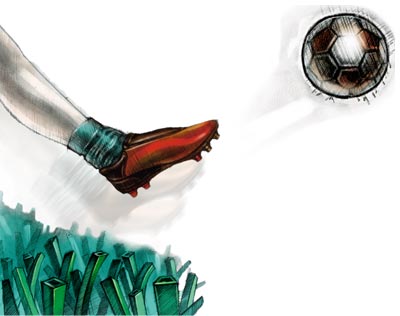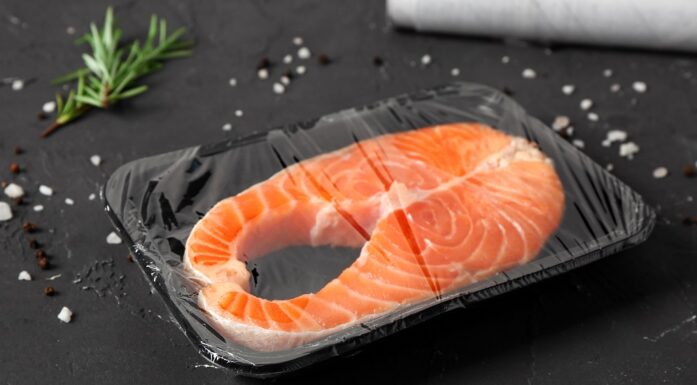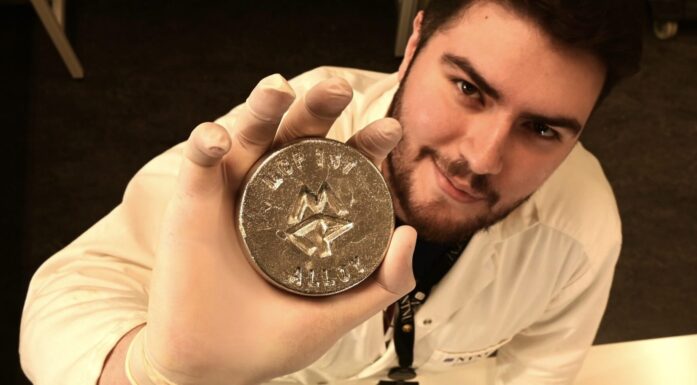Is artificial turf better than we think?
DOCTORAL WORK – David McGhie: Friction and shock absorption in artificial turf – what are the most important factors in the choice of artificial turf and soccer/football boots?
David McGhie, a PhD candidate in the Department of Human Movement Science and the Centre for Sports Facilities and Technology, talks to journalist Synnøve Ressem:
Artificial turf has been accused of causing more football injuries than natural grass on football pitches. The criticism of artificial turf focuses on its poor shock absorption ability and greater friction, which affect speed and motion and easily lead to twisting injuries in the knee and ankles. This is based on the players’ subjective perceptions – research shows that there is actually no difference in the overall injury rate between the two types of surfaces.
In my project, I am investigating friction and shock absorption characteristics of various artificial turf systems. I have three different kinds of artificial turf, of which two are intended for elite competition and one intended for recreational players. The boots I have tested to start with are the same kind that the international football federation FIFA bases its tests on. This is a standard model, which has a few round cleats and is designed for natural grass. For comparison, I have chosen one type of boot with a lot of short cleats and one with a few oblong cleats. Only the former is specifically designed for artificial turf.
The core of the problem is that basically all of the research on the topic, as well as all official tests by FIFA, are performed mechanically. This is very practical and reproducible. But it is a simplification of the interaction that actually takes place between the surface and athlete. The research lacks tests with real people. My study is different. It will include variables that are similar to the mechanical tests, but I will use real football players. The subjects have been selected from all playing levels, from elite athletes to recreational players, and were chosen according to criteria that make the groups as physically uniform as possible.
Sports science
“I hope that the final results could say something about how the various kinds of artificial turf behave with respect to different kinds of boots.”
The measurement method was one of the greatest challenges in the project. The artificial turf is attached to a force plate, which records the reaction force. That is the signal used to calculate the measurement of friction and shock absorption. The way it works is like this: the test person runs over the force plate in two different tests, one in which he runs straight ahead and the second where he changes direction during the run. I measure a few inches below where the impact actually takes place. This can be an important factor, which has rarely been considered in previous research, but is something that I want to look at and take into account. The measurements are made before, during and after the impact. I will also conduct mechanical tests for comparison. I hope that the final results can say something about how the various artificial turf systems behave in interaction with different boots, and how different surfaces and boots affect the forces acting on the body while playing football – specifically, friction and shock absorption.
The majority of my doctoral work will focus on the playing surface. I believe that the results will be of immediate use and that at the individual level, players will be able to use the information to choose a boot model that best fits the surface.
Norway has about 700 large football pitches and 170 small ones. In addition, we have approximately 1700 ball pens scattered all over the country. Norway is focusing heavily on grassroots football. From 2008 to 2011, the goal has been to build 100 new courts and 300 ball pens per year. We have almost 400 000 active football players in approximately 25 000 teams – and worldwide, there are millions. Everyone will benefit from objective studies of football boots and grass surfaces.
The results may also have economic significance. Constructing a new artificial turf pitch from the ground up involves digging, perhaps blasting, construction of the bearing and levelling layers, electrical installations and administration in addition to the playing surface itself. The costs could easily reach NOK 5 million, and that is without including the costs of heating the turf.
I have been an active soccer player since primary school and now play with NTNUI, the university’s sports association. I am interested in sports research in general and think I’m lucky to make a contribution. There are many who have feelings and beliefs about artificial turf, both among players and among the general public. One of my goals is to bring objectivity to the debate.






